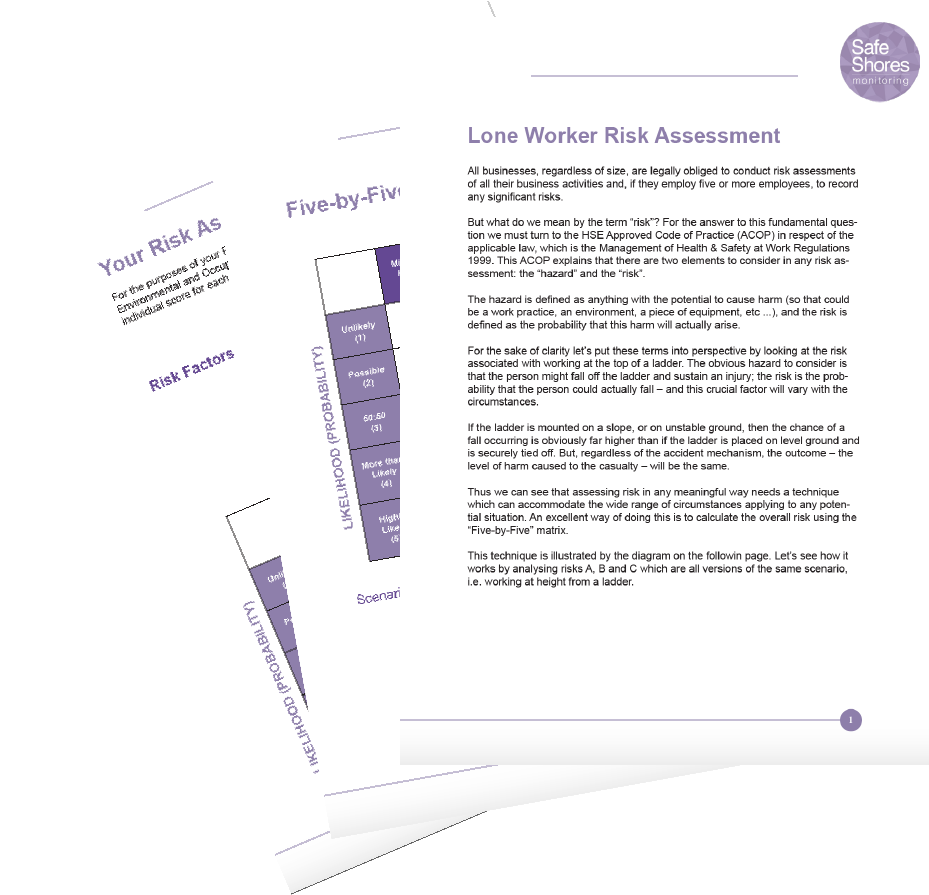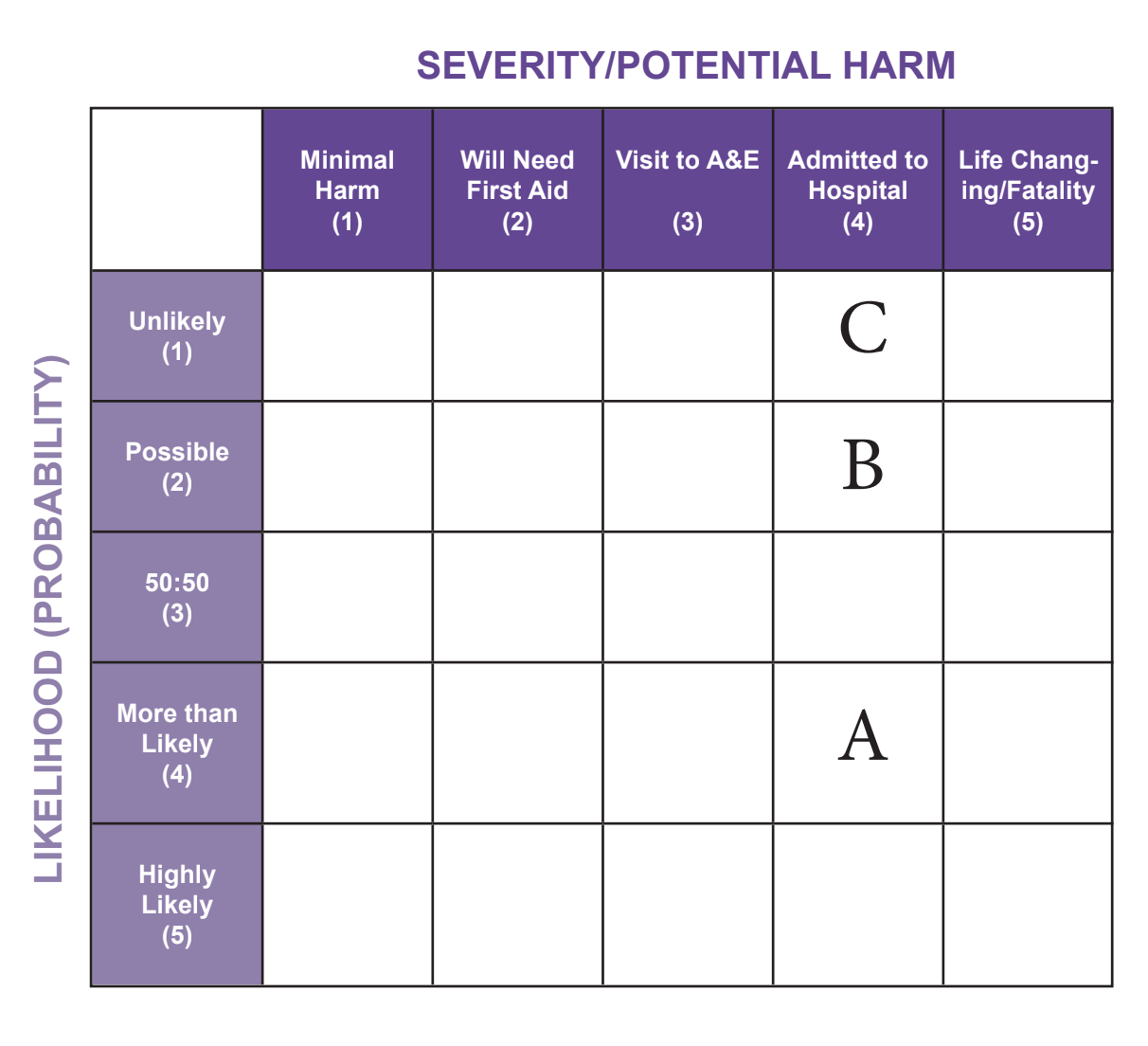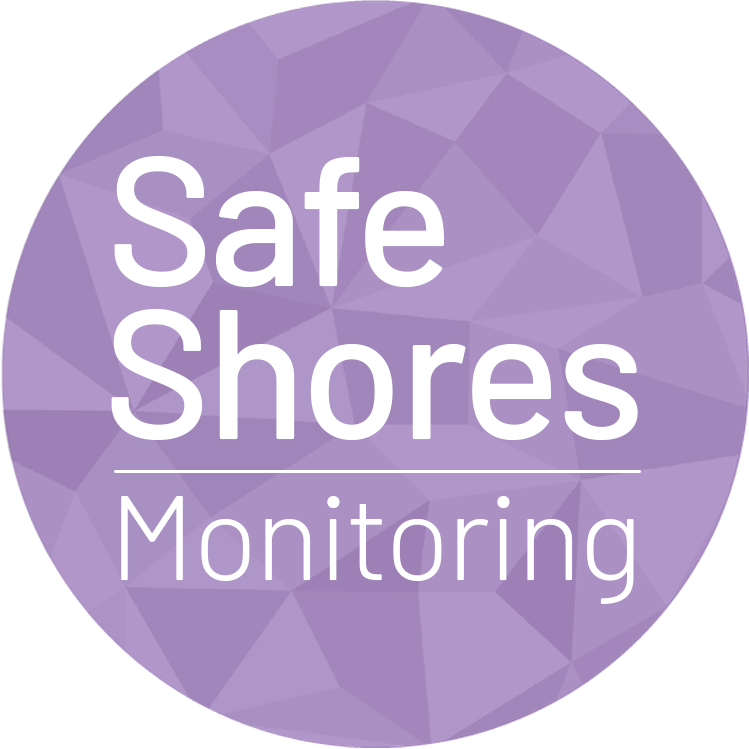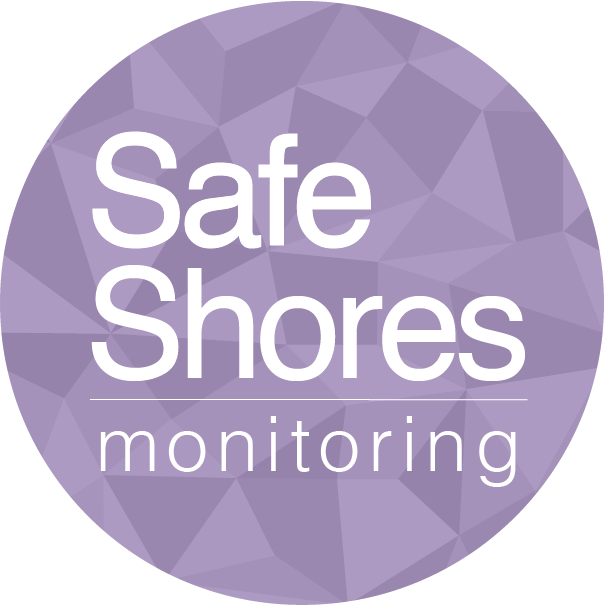Lone Worker Risk Assessment Example
If you haven’t already then please first read our article on what you need to consider before performing a lone worker risk assessment.
From the previous article, we can see that assessing risk in any meaningful way needs a technique which can accommodate the wide range of circumstances applying to any potential situation. An excellent way of doing this is to calculate the overall risk using the “Five-by-Five” matrix.
The Five-by-Five matrix is a simple and effective means of powerfully identifying and then managing risks in job functions of all kinds.
The following example can also be found in our Lone Worker Risk Assessment template, which can be requested for free using the simple form.


All businesses, regardless of size, are legally obliged to conduct risk assessments of all their business activities and, if they employ five or more employees, to record any significant risks.
But what do we mean by the term “risk”? For the answer to this fundamental question we must turn to the HSE Approved Code of Practice (ACOP) in respect of the applicable law, which is the Management of Health & Safety at Work Regulations 1999. This ACOP explains that there are two elements to consider in any risk assessment: the “hazard” and the “risk”.
The hazard is defined as anything with the potential to cause harm (so that could be a work practice, an environment, a piece of equipment, etc …), and the risk is defined as the probability that this harm will actually arise.
Example
For the sake of clarity let’s put these terms into perspective, using the same example as we saw in “What to Consider before performing a Lone Worker Risk Assessment” by looking at the risk associated with working at the top of a ladder.
The obvious hazard to consider is that the person might fall off the ladder and sustain an injury; the risk is the probability that the person could actually fall – and this crucial factor will vary with the circumstances.
If the ladder is mounted on a slope, or on unstable ground, then the chance of a fall occurring is obviously far higher than if the ladder is placed on level ground and is securely tied off. But, regardless of the accident mechanism, the outcome – the level of harm caused to the casualty – will be the same.
Thus we can see that assessing risk in any meaningful way needs a technique which can accommodate the wide range of circumstances applying to any potential situation. An excellent way of doing this is to calculate the overall risk using the “Five-by-Five” matrix.
Let’s see how it works by analysing risks A, B and C which are all versions of the same scenario, i.e. working at height from a ladder.
Five-by-Five Matrix
Scenario A
In this case, the severity of potential injury is assessed to be
quite high (admitted to hospital) and the likelihood that the
accident will occur is also assessed as being high (more than
likely).
Using the 5×5 matrix we can see that multiplying severity by
likelihood gives an overall score (let’s call it the risk factor) of
16. Bearing in mind that the maximum possible risk factor is
25, and the lowest is 1, we can see that a risk factor of 16 is
certainly significant.
Indeed, with that high a score it would be appropriate to stop
the work immediately and review the methods being used.

Scenario B
The potential injury is still high (it still scores 4 out of 5) but the working method has been changed to reduce the possibility of falling (for example, the ladder has been secured rather than left free-standing).
Now the risk factor is down to 8; still significant but certainly manageable. But, as scenario C demonstrates, working methods can be improved even more.
Scenario C
Falling is still going to result in a stay in hospital since there’s nothing you can do about changing the potential injuries, but by replacing the ladder with a mobile working platform (such as a scissor lift) the likelihood of falling has been reduced to the minimum level of 1.
As a result the risk factor for the task is now down to 4, clearly demonstrating that risk still exists but it has been substantially reduced by applying safer working methods.
The above is a very simple example, yet it demonstrates vividly just how powerful this 5×5 technique can be for both identifying and then managing risks in job functions of all kinds.
Free Risk Assessment Toolkit

To access our Free Risk Assessment Toolkit, please sign up below.




